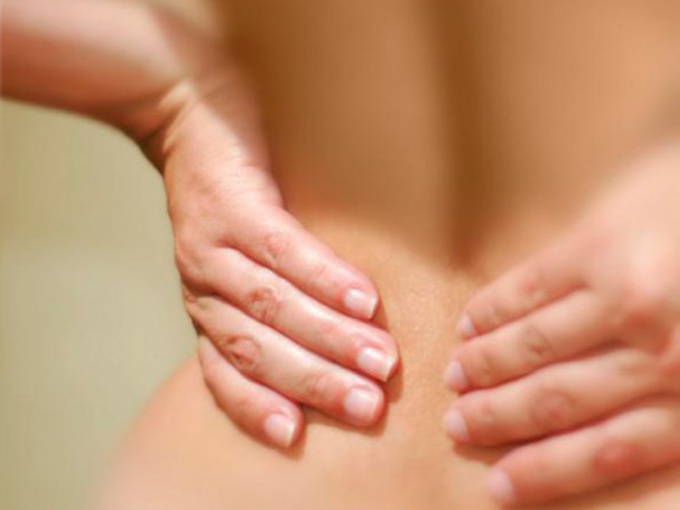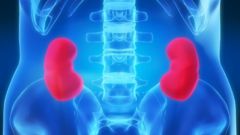Instruction
1
The risk of kidney disease is that the patient may not feel any pain. So the doctor is very difficult to detect infection or inflammation. Also, many people feel weak, become drowsy and may not work effectively. Unfortunately, these symptoms do not provide a complete picture of the disease.
2
If you still feel the pain in the kidneys, this will allow time to detect the infection.
3
The reason of these unpleasant feelings can be:- stretching of the renal capsule, which is observed in the acute form of glomerulonephritis; renal pelvis inflammation in chronic or acute pyelonephritis. The pain is often felt in one side, although it may - be compressed from both sides; a blockage of the ureter because of too thick stagnant blood or calculus;- inflection, which is observed at the various anomalies in the position of the kidneys;- static contraction of the ureter; nephroptosis, i.e. the omission of the kidneys;- fibroma or adenoma (benign tumor); chronic renal failure, the cause of which may be a violation of their normal functioning - for 3 months or more; cancer of the kidney, which can be defined in a number of ways (blood in the urine, swelling in the lower back, high blood pressure, - high temperature, anemia, etc.); - ischemia of renal tissue, caused by infarction of the kidney etc.
4
Feeling the pain in the kidneys, you must determine its localization and irradiation. This will enable you to make the right diagnosis. In addition to pain kidney disease accompanied by a decrease in amount of urine, burning, impurities of sand and blood in the urine, itching and other symptoms. Also, the patient manifested vomiting, nausea, chills. In such a situation it is very important as soon as possible to seek help to the doctor-urologist.




